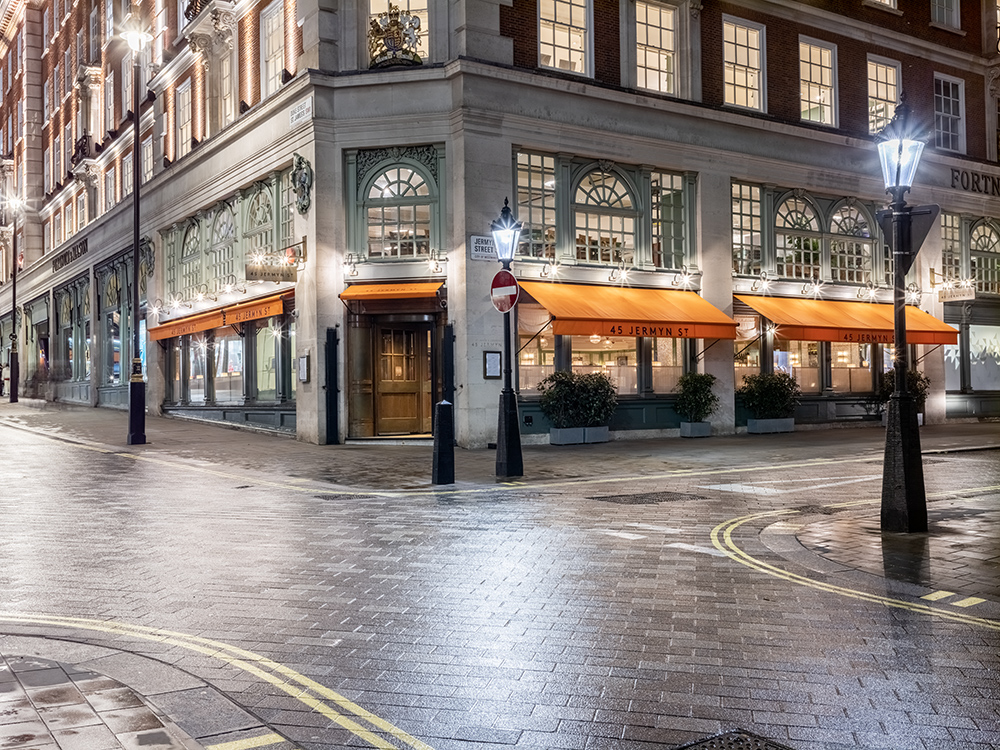How did you become a CGI artist?
A little over 10 years ago I was working as a Retoucher and we had an automotive client that would constantly brief in model changes to their cars. This client would struggle to supply us with alloy wheels and car trim photography at the correct angles, so we decided to start making the assets for ourselves.
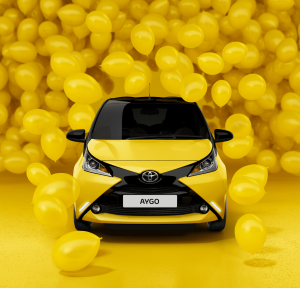
Our team uses Maya, Houdini, Cinema 4D, Redshift, Arnold, Substance Painter, Substance Designer, HDR Light Studio, After Effects, Nuke and Photoshop.
From my experience, clients are wanting a faster turnaround at a better cost. Obviously, the quality has to remain too.
In my opinion, maybe there’s another decade left in ‘traditional’ automotive photoshoots, and this will become more niche as time moves on. CGI is so much more versatile and clients are realising this more and more. Quality stock photography coupled with quality HDRIs can provide some seriously stunning and photo real images at a fraction of the cost of a photoshoot.
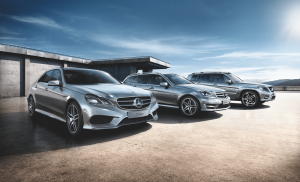
There’s no denying that a car shot in context looks great… let’s face it – that’s the look we’re matching to in CGI. The problem is the limitations. A photo can’t be rotated around and the lighting can’t be changed. Any amends to the car itself will rely on yet more photography, and this photography would have to be at the same angle, at a good resolution and lit from the same direction (ideally in the same location). In my experience, these images almost never exist, and this is where the issues arise. A CGI car that’s been dropped into a professionally shot backplate with the correct HDRI can look ‘photo-real’ and still give the client freedom to change absolutely anything about the look of the shot – even weeks or years down the line.
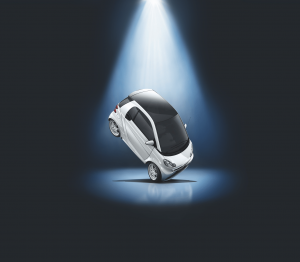
I’ve used many well-known sites to purchase stock photography backgrounds for many different products, but I rarely find that other products require a tailored site-specific to only that product.
A definite yes. Searching stock photography sites, and knowing the good ones, is becoming an important skill for me!
It’s all about adaptation. Any workflow that allows for this will be the way forward.
We often use still images to camera project onto background geometry and using 360 HDRIs for lighting/reflections is a daily occurrence.
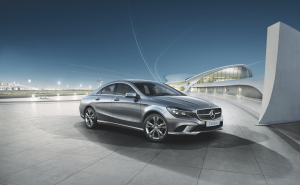
I think it could represent one of the biggest shifts in entertainment and advertising.
About George Royce










